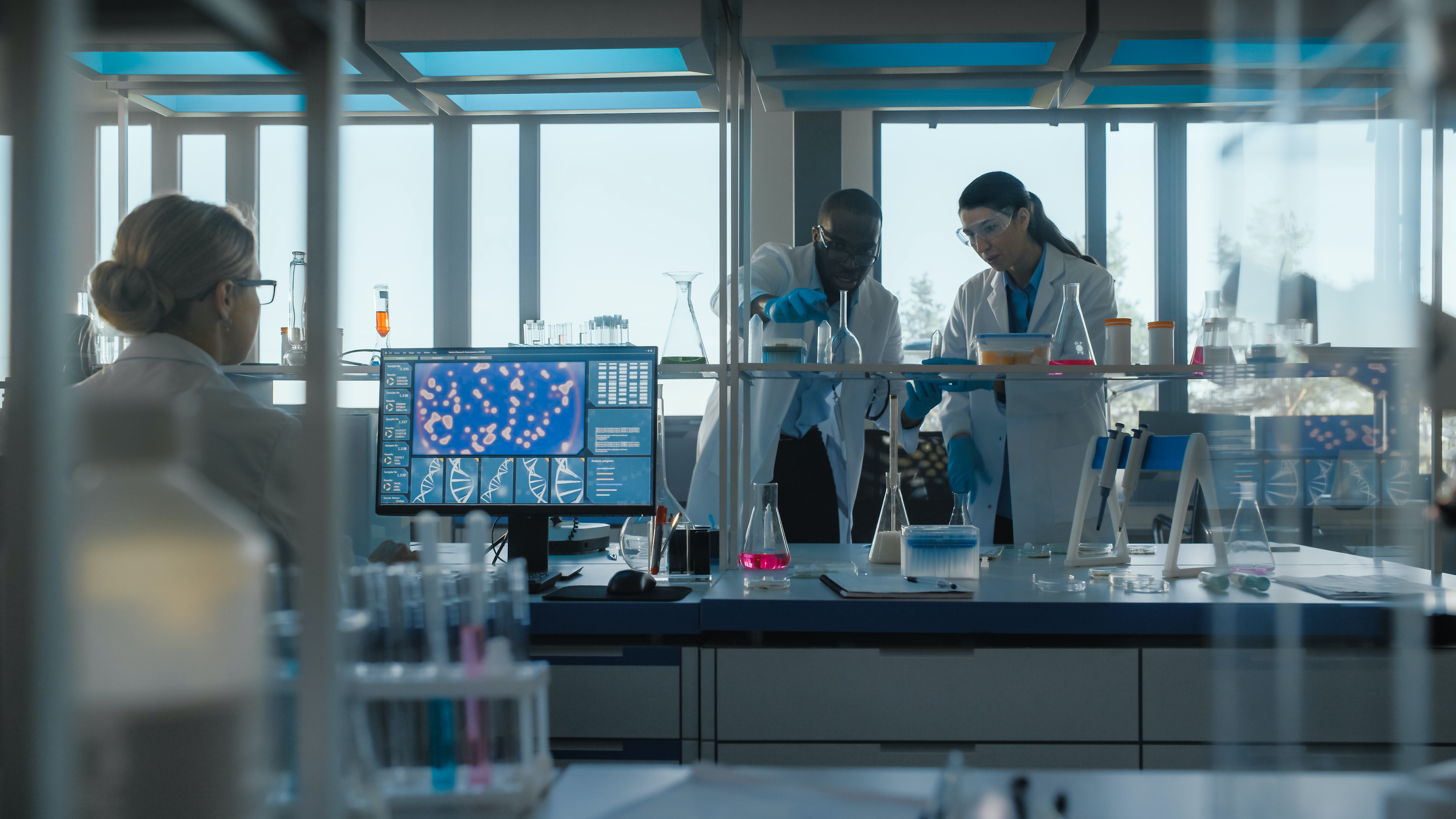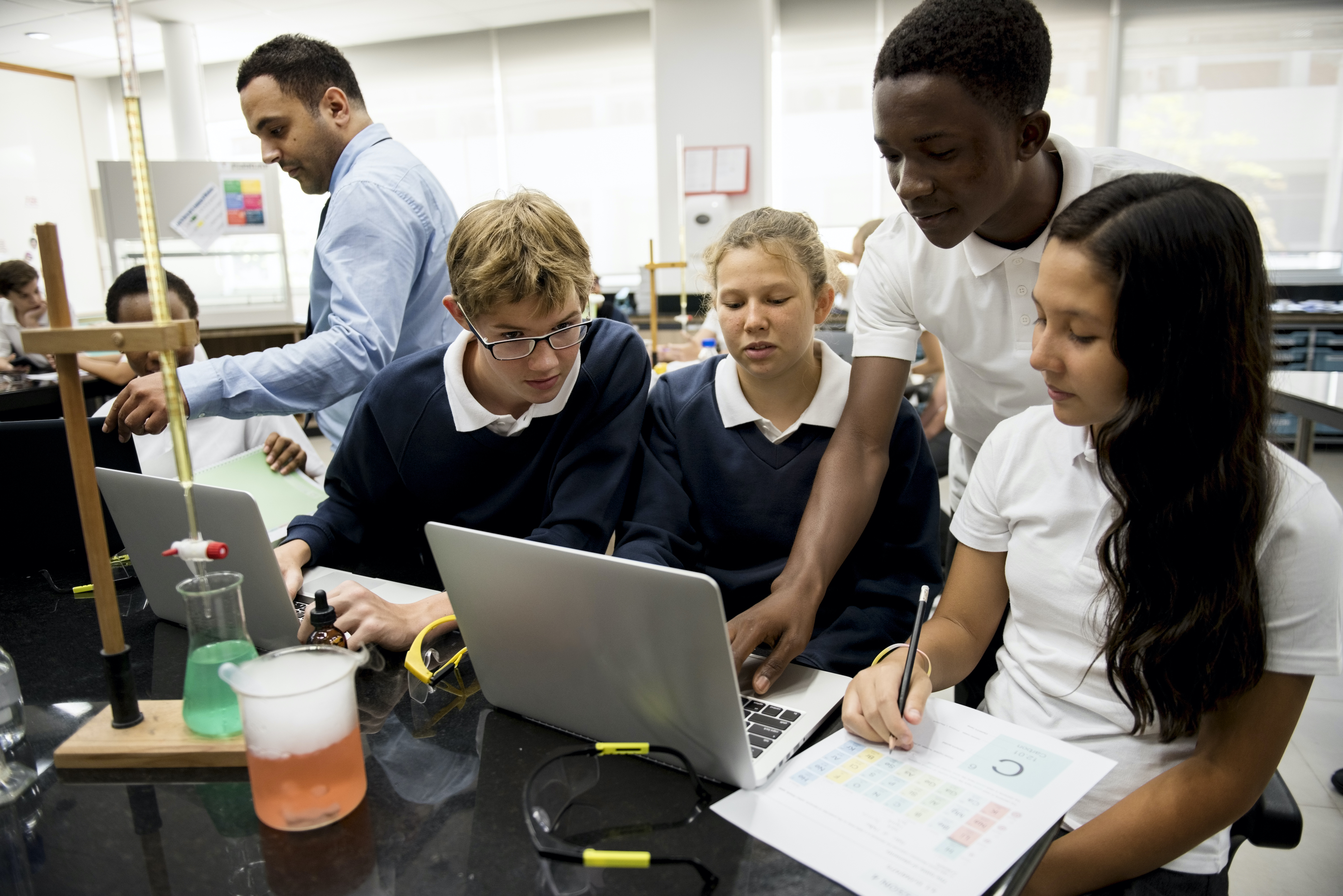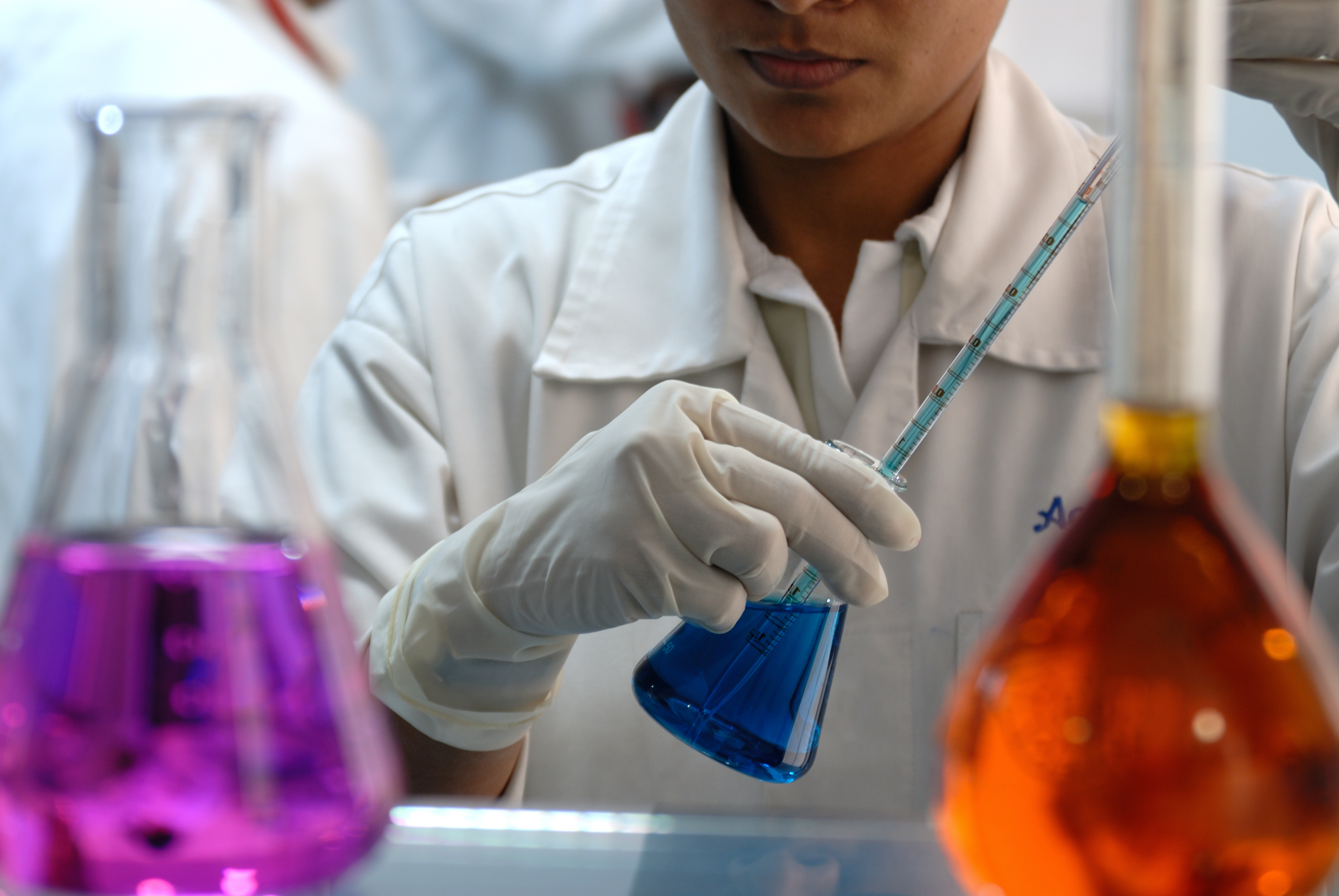One of the fascinating things about science, and the reason I pursued a scientific rather than a medical career, is the scientific process. When I was an undergraduate, I worked in laboratories and was exposed to the daily life of a scientist. That is, you can go in, design experiments, get the results, look at those results and start to think about their implications. You’re the first person to see those results. This generates lots of ideas in your head, and you have to then come up with different ways of testing those ideas.
A critical component of being a great scientist is choosing which ideas to pursue, because you can go down the wrong path very easily if you’re not smart enough to figure out what the data is telling you and where to go with it.


